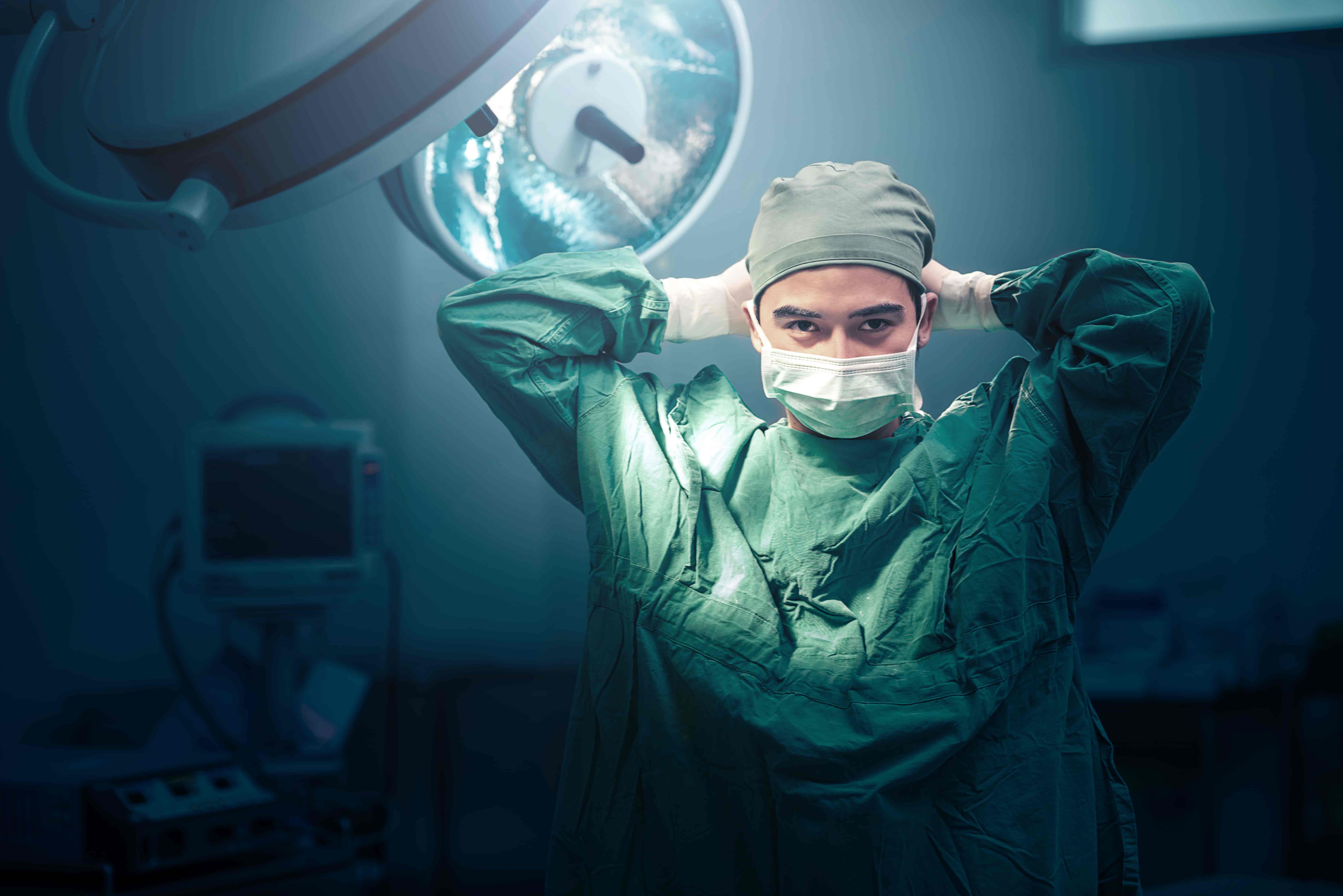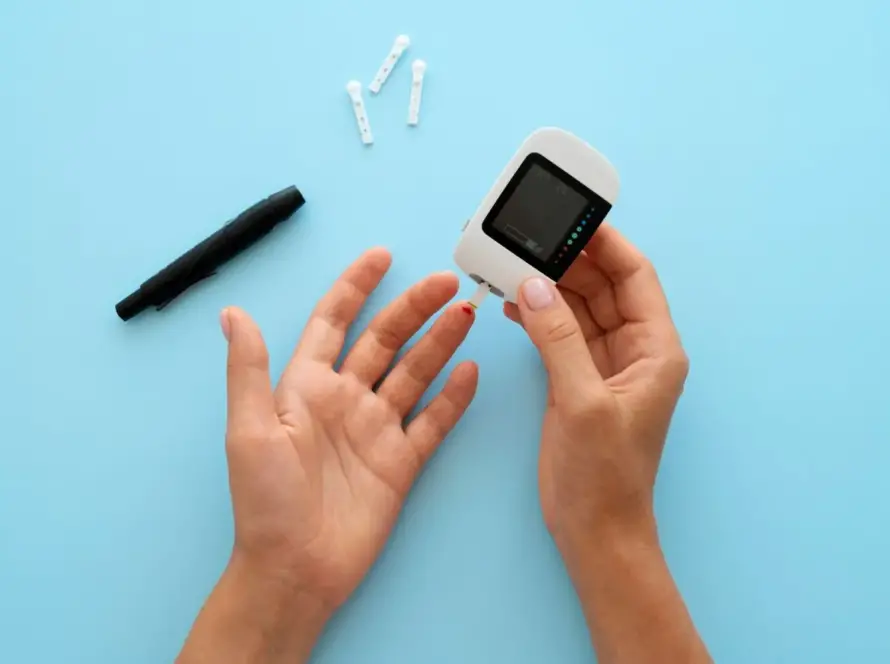If considering LASIK or other refractive eye surgeries, you may have encountered the SMILE procedure. SMILE (Small Incision Lenticule Extraction) is a newer type of refractive surgery that has become popular recently because of its minimally invasive approach and speedy recuperation period. In this article, we’ll look at what happens during the SMILE procedure and what you can expect before, during, and after the surgery.
Understanding the Basics of the SMILE Procedure
Before diving into the specifics of the SMILE procedure, it’s essential to understand how it works. SMILE is a refractive surgery that corrects nearsightedness (myopia) and astigmatism by laser reshaping the cornea. Unlike Advanced LASIK, which creates a flap in the cornea and then reshapes the underlying tissue, SMILE uses a laser to make a small, lentil-shaped piece of tissue (lenticule) within the cornea. This lenticular is then removed through a tiny incision, which causes minimal disruption to the corneal surface and results in a quicker recovery.
Preparing for the SMILE Procedure

Before the SMILE procedure, you’ll need to schedule a consultation with a qualified ophthalmologist who can evaluate your eyes and determine if you’re a good candidate for the surgery. During this consultation, the ophthalmologist will perform a comprehensive eye exam to check your visual acuity, measure the thickness of your cornea, and evaluate the shape of your eye. You may also be asked to provide a medical history and undergo additional tests, such as a corneal topography or a wavefront analysis.
If you’re deemed a good candidate for the SMILE procedure, you’ll be given instructions on preparing for the surgery. This may include discontinuing contact lenses for a certain period before the surgery and avoiding makeup or other products around the eyes on the day of the procedure. You may also be given prescription eye drops before and after the surgery to help prevent infection and reduce inflammation.
The SMILE Procedure Step by Step
The SMILE procedure involves receiving a mild sedative to reduce anxiety, followed by a process that usually lasts under 30 minutes and consists of the following steps.
- Anaesthetic eye drops are applied to numb the eye.
- A femtosecond laser makes a small incision (approximately 4mm) in the cornea.
- The laser creates a small, lentil-shaped piece of tissue (lenticule) within the cornea.
- The lenticule is removed through the tiny incision using specially designed forceps.
- The incision is covered with a soft contact lens to protect the eye and promote healing.
Recovery After the SMILE Procedure
After the SMILE procedure, you’ll need to rest briefly in the surgical centre before being released to go home. You may experience some mild discomfort, dryness, and sensitivity to light in the hours and days following the surgery, but these symptoms should gradually improve over time. You’ll also need to use prescription eye drops and follow a strict post-operative care regimen to help prevent infection and promote healing.
After undergoing the SMILE procedure, most individuals can resume regular activities such as work and exercise within a few days. However, avoiding rubbing your eyes, swimming, or engaging in contact sports for a few weeks after the surgery is essential to prevent complications.
The Benefits and Risks of the SMILE Procedure
Like any surgical procedure, the SMILE procedure carries both benefits and risks. Some of the potential benefits of the SMILE procedure include the following:
- Minimally invasive: SMILE is less invasive than other types of refractive surgery, such as Advanced LASIK, because it creates a smaller incision in the cornea.
- Quick recovery: Most people can return to normal activities within a few days after the SMILE procedure.
- Reduced risk of dry eye: Because SMILE preserves more of the corneal nerves than LASIK, it may result in a reduced risk of dry eye symptoms after surgery.
- Fewer complications: SMILE has a lower risk of certain complications, such as flap-related issues or infections, than LASIK.
However, there are also some potential risks and limitations of the SMILE procedure to consider, including:
- Limited availability: Not all ophthalmologists offer the SMILE procedure, which may not be available in all geographic locations.
- Limited correction range: SMILE is currently only approved for correcting myopia and astigmatism within a specific range.
- Possible visual disturbances: Some people may experience visual disturbances, such as halos or glare, after the SMILE procedure.
- Longer procedure time: While the SMILE procedure is quick, the preparation and setup time may be longer than other types of refractive surgery.
Choosing the Right Ophthalmologist for the SMILE Procedure
If you’re considering the SMILE procedure, choosing a qualified ophthalmologist with experience performing the surgery is essential. Look for a board-certified ophthalmologist with a track record of successful SMILE procedures. You may also want to ask for referrals from friends or family members who have undergone refractive surgery.
During your consultation with the ophthalmologist, ask any questions about the SMILE procedure, including the benefits, risks, and potential outcomes. You should also disclose any medical conditions or medications affecting the surgery or your recovery.
Conclusion

The SMILE procedure is a newer type of refractive surgery offering a minimally invasive LASIK alternative to correct myopia and astigmatism. By creating a small lenticule within the cornea, SMILE causes less disruption to the corneal surface and results in a quicker recovery time. However, as with any surgical procedure, there are potential risks and limitations.
Book your appointment now for all eye-related refractive services at Hyderabad’s Best LASIK and Refractive Suite.
Clarity Vision
Beyond LASIK, Beyond SMILE



